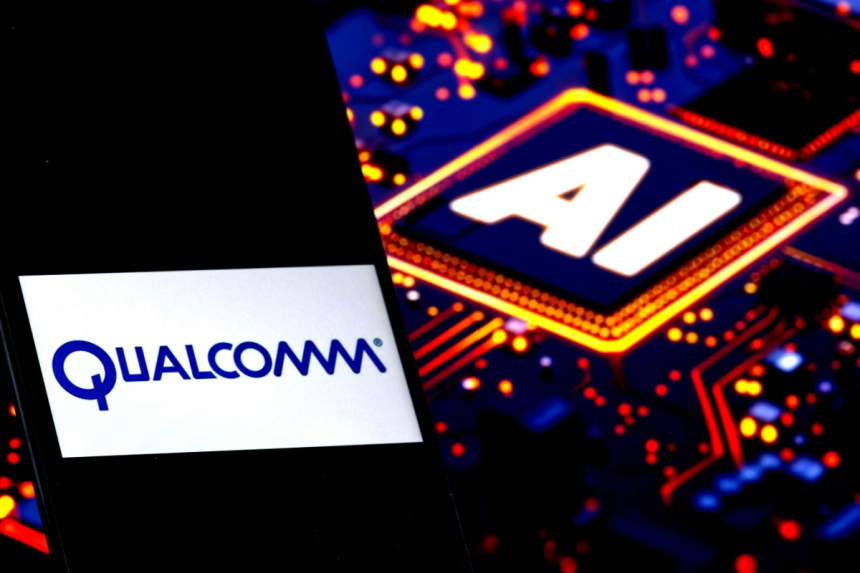New generation of processors
At its annual Snapdragon Summit in Maui, Qualcomm introduced the Snapdragon X2, the latest addition to its line of Arm-based processors for personal computers. Building on the foundation of the original Snapdragon X, the X2 expands into more powerful devices such as mini-PCs, all-in-one desktops, and high-performance laptops. Qualcomm CEO Cristiano Amon emphasized that the company’s goal is to bring AI into every computing experience.
Performance upgrades
The Snapdragon X2 introduces Qualcomm’s third-generation Oryon CPU architecture, increasing the top-end core count from 12 to 18 in the new Elite Extreme model. The chip pairs high-speed Performance cores with new Prime cores, capable of reaching up to 4.4 GHz in multi-core workloads and 5 GHz in dual-core mode. This upgrade aims to challenge Apple’s M4 processors, which set a new standard for Arm-based computing. The first devices featuring Snapdragon X2 are expected in the first half of 2026, potentially debuting alongside Apple’s upcoming M5 chips.
AI-focused architecture
Qualcomm is betting heavily on its neural processing unit. The Snapdragon X2’s NPU performance is rated at 80 trillion operations per second, almost doubling the 45 TOPS capability of the first-generation Snapdragon X. In addition, the X2 supports up to 128 GB of LPDDR5x RAM, with a maximum bandwidth of 228 GB/s. These upgrades are designed to handle larger generative AI models and speed up user interactions, a key differentiator compared to other competitors in the market.
Challenges ahead
Despite the ambitious upgrades, Qualcomm still faces hurdles in convincing developers and consumers. Current AI-powered features remain limited, with some integration in professional tools like DaVinci Resolve Pro. Much of the company’s vision for on-device AI assistants handling tasks such as scheduling and payments remains theoretical. With Microsoft’s backing and an expanding software ecosystem, Qualcomm hopes Snapdragon X2 will establish itself as a cornerstone of AI computing, but widespread adoption is still uncertain.






